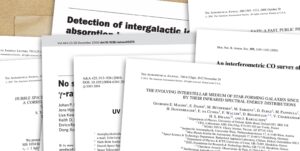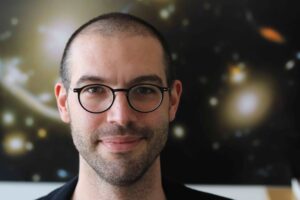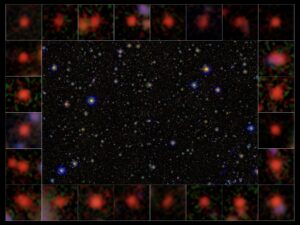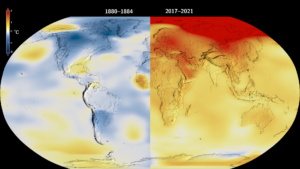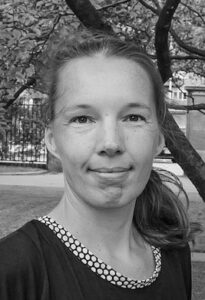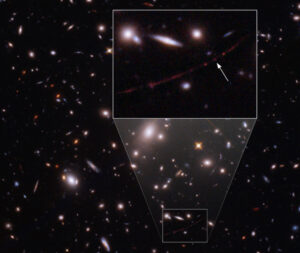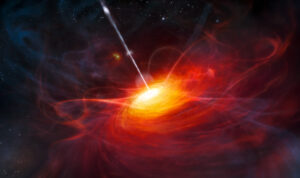Latest news from DAWN
Congratulations to Francesca Rizzo, who has just been awarded the Max Society’s “Otto Hahn Medal” for her original and groundbreaking work into the kinematic and dynamical properties of high-redshift galaxies.
Read MoreAssistant professor Francesco Valentino has been awarded the “B.I.R.D.” prize in the class of Physical and Engineering sciences in 2022 for his research on the early formation and evolution of the first quiescent galaxies in the Universe.
Read MoreWhile some galaxies form stars at a continuous rate, others die out and lead a more passive life. What made these galaxies stop forming stars at an early age is not well established, not the least because they are so distant and faint that they evade being observed. But looking at the combined light from thousands of galaxies, a team of astronomers including the University of Copenhagen showed that black holes helped turn off star formation.
Read MoreClimate change gives rise to more unstable weather, local droughts and extreme temperature records, but a coherent theory relating local and global climate is still under active development. Now a Danish astrophysics student at the Niels Bohr Institute used a mathematical approach —inspired by research in the Universe’s light — to unveil how global temperature increase engenders locally unstable weather on Earth.
Read MoreCongratulations to Lise Bech Christensen, who has just been awarded a “Research Project 1” grant of almost DKK 2,900,000, or roughly €390,000.
Read MoreThrough a fortuitous alignment of distant galaxy with a massive foreground cluster of galaxies, astronomers from among other institutes the cosmic Dawn Center discovered a single star across most of the entire observable Universe. This is the farthest detection of a single star ever. The star may be up to 500 times more massive than the Sun. The discovery has been published today in the scientific journal Nature.
Read MoreCongratulations to DAWN fellow Seiji Fujimoto who has just received one of the most reputable research fellowship in astronomy, the NASA Hubble Fellowship.
Read MoreCongratulations to Karina Caputi, who has just been awarded a “Vici grant” for senior researchers of 1.5 million euros.
Read MoreIn the center of most galaxies lies a supermassive black hole. Some of these are actively feeding on the gas and dust around them, expelling excess energy as powerful jets that are seen as quasars across the entire observable Universe. A new study led by astronomers at the Cosmic Dawn Center reviewed this process using new techniques — and the results may change how we think about the diets of these cosmic behemoths.
Read MoreThe prize was awarded for Claudia Lagos’ insightful contributions to the research of gas in the evolution of galaxies, including its role in the chemical and angular momentum evolution of galaxies and in the promotion and suppression of the formation of stars.
Read More
